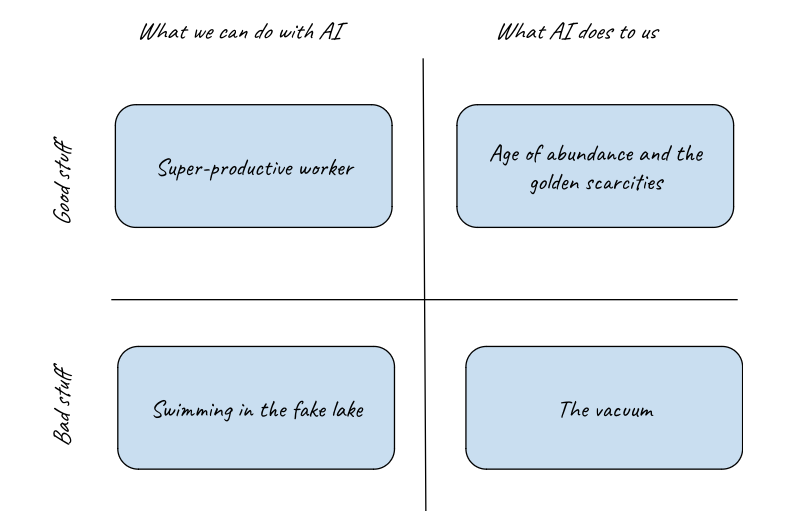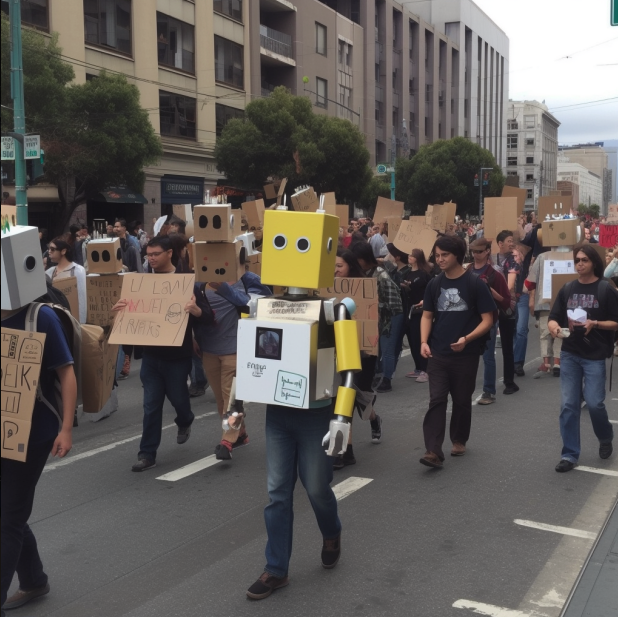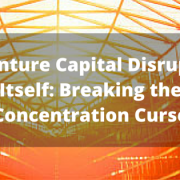The AI Big Bang Disruption and Four Paths Ahead
Nine years ago, the book “Big Bang Disruption” by Paul Nunes and Larry Downes came out. It attempted to describe the anatomy of disruptive change driven by technology breakthroughs. Disruption doesn’t happen gradually but suddenly, according to the authors. When a technology reaches a certain tipping point of cost, usability and accessibility things more or less explode in a type of “Big Bang disruption”.
Such a “Big Bang” event seems to have occurred in the last couple of months, when it comes to the releases of new AI-driven services. I have to admit, even if I have been following the development of AI for over two decades, I am somewhat stunned by the capabilities of these services. We seemed to have passed a threshold in what software can do and entered a new paradigm. The opportunities are truly mind-boggling which makes for an exciting time to be building new startups in the area of Future of Work!
The magnitude of this change is yet to be seen, but the responses to it can be broadly categorized into four categories which becomes almost like four different scenarios or paths ahead. Here’s one way to group them:

(There is a fifth category, which I will not go into here where a super-advanced AI takes control away from humans. I think you’ve read the book or seen the movie. Let’s just assume that won’t happen.)
What we can do with AI is about how we can use this powerful technology, for good or for bad.
What AI does to us, on the other hand, is how we as humans and our human society are impacted by this disruptive change.
All four of these scenarios contain opportunities for those looking to build new startups in this new paradigm. Let’s go through them, one by one.
Super-productive worker

The positive version of what we can do with AI is of course the massive boost in productivity that can be gained by having an AI assist you in performing tasks. There has already been research done on software developers that show a significant increase in productivity when helped by an AI:
The performance difference between treated and control groups are statistically and practically significant: the treated group completed the task 55.8% faster (95% confidence interval: 21-89%). Developers with less programming experience, older programmers, and those who program more hours per day benefited the most. These heterogeneous effects point towards promise for AI-pair programmers in support of expanding access to careers in software development.
https://arxiv.org/pdf/2302.06590.pdf
Another recent research report shows that generative AI tools can boost productivity by 14% in an organization:
“Access to the tool increases productivity, as measured by issues resolved per hour, by 14 percent on average, with the greatest impact on novice and low-skilled workers, and minimal impact on experienced and highly skilled workers. “
https://www.nber.org/papers/w31161
People are using ChatGPT, Midjourney and other tools to boost their productivity to a whole new level. The latest advances are Auto-GPTs that are linked together to achieve goals. These evolutions of GPT can perform tasks like writing code, do market research or send emails on your behalf.
Things are moving fast at the moment and it’s hard to keep up with all the latest advancements. It’s also hard to understand what are nothing but cool demos and what are actually useful applications, but there is no doubt that the way we work will change drastically in the coming years thanks to AI.
Opportunities: build the tools that make people even more productive. Help them use the AI tools even better. ChatGPT will not be the one AI to rule them all.
Swimming in the fake lake

A more negative aspect of the previous scenario is how AI is being used to scam, manipulate or trick people. We have already seen examples of people getting phone calls from someone dear to them that appears to be in trouble and need money but the conversation was with an AI scammer.
While AI can be used for legitimate sales it can also be used to take spam messages to a whole new level.
An AI that can read and understand social media posts can also understand how to manipulate people and move the opinion of a community or even a nation in a direction it (and its masters) desires.
Recently, a photographer won a photo contest with an AI-generated photo. He admitted that it was generated and gave away the prize money, but it clearly shows how the line between real and fake is harder to see.
Opportunities: help people understand what is authentic and what is not. Make it as easy as possible to identify bad actors and to filter out everything that is not truly valuable.
The Age of Golden Scarcities
When our productivity is massively boosted, we free up time to focus on other things. AI has the potential to drastically lower the cost of a range of services, so we can also move our money to other areas. The question is what we will do with that time and money. This question is really about what we as humans fundamentally value and want more of, even if all our basic necessities such as food, energy and housing are taken care of.
We like to call this “the golden scarcities” because there are some things we humans will always value and want to pay for with our attention or our money, regardless of the level of abundance we live in. Things like social status, health, time (as in saving time or gaining more healthy days of our life), meaning, experiences and relationships.
Stuff that matters.
The entire economy will shift over to these golden scarcities as we enter this new era of abundance.
Opportunities: identify a golden scarcity and go all in to deliver it.
The vacuum

A lot of concern is being raised about what happens to people when a computer can do their job 10x better than they can. There is a significant risk that people will feel lost and not know how to contribute to society.
This is of course nothing new. It happens at every technological disruption, from the Spinning Jennies of the 18th century that led to the Luddite movement where workers attacked and destroyed factories to the rise of the computer and the internet. Jobs disappear never to be seen again.
What might be different this time is the pace and the magnitude of the change. A slow and steady rollout of new technologies might give people time to absorb the change and re-train themselves but if it happens too fast there will be a “vacuum of meaning” where a lot of people find themselves without a job and without a proper place in society.
Opportunities: build new ways for people to earn a living, re-think what a job or a company even is.
Summary
These four scenarios point in different directions but I am convinced we will see all four of them come to fruition in the coming years. The question is which one will dominate.
It is our job as entrepreneurs to not let the gloomy side of the scenarios take over. Even the negative scenarios have opportunities in them and we are not destined to let them rule over us. All disruptive change bears with it negative and positive consequences. Let’s keep the following quote in mind:
“Civilization advances by extending the number of operations we can perform without thinking about them”
— Alfred North Whitehead.
At its core, AI is about helping us do more with less. The only question is what we choose to do more of.
That choice is up to each and every one of us. AI may very well be one of the most powerful technologies humans have ever invented. Let’s build an amazing future with it!



